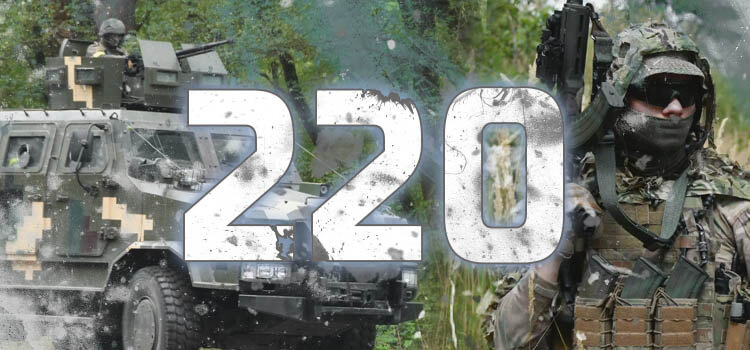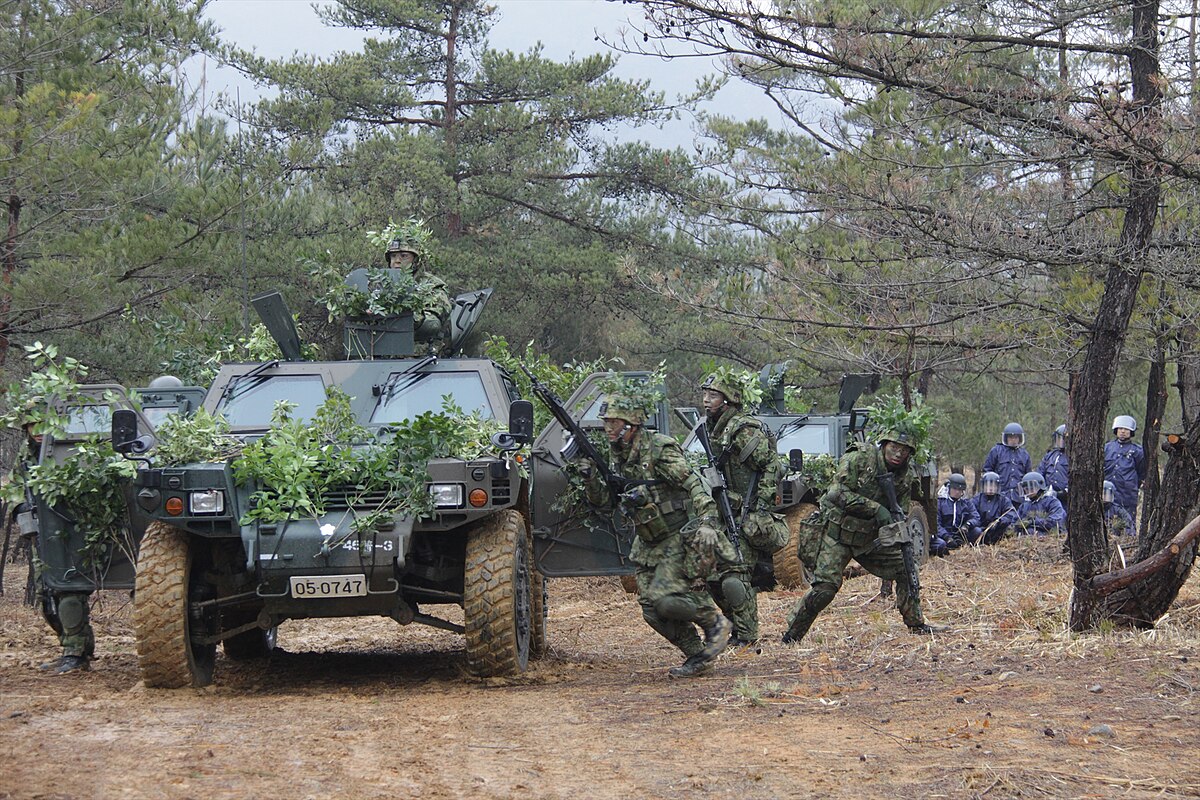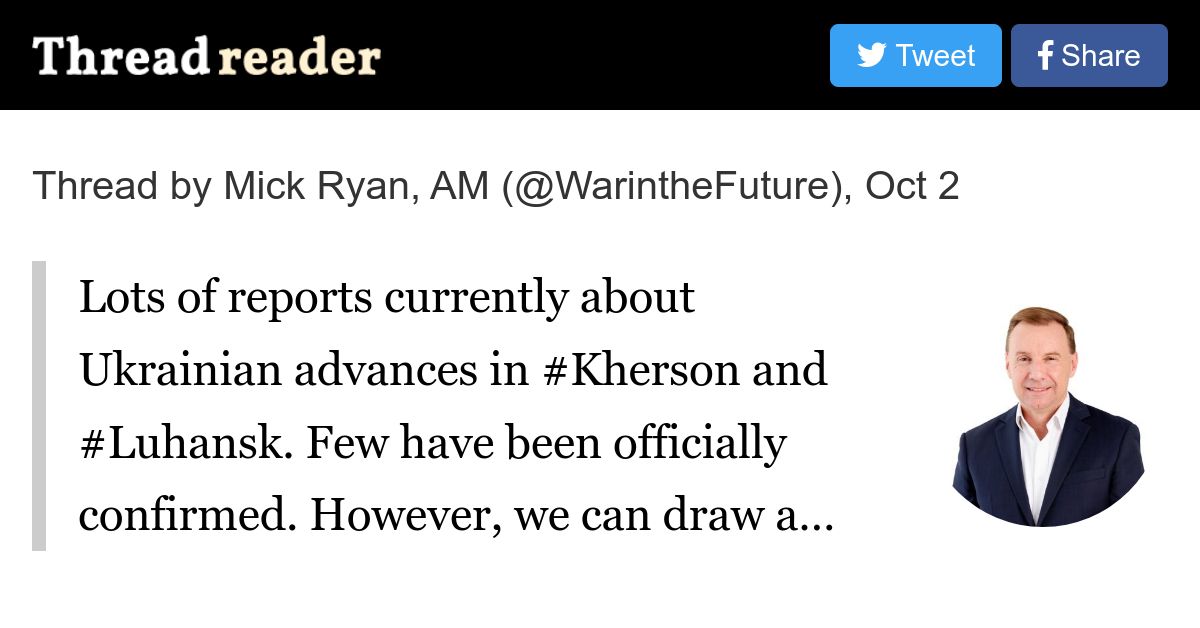If this is true, then it is wowsers. I've seen Dudchany mentioned so far as an objective to move towards, but now there is a report it is being bypassed towards Mylove. I really don't know if there is enough evidence. But it is true this would be classic manoeuvre warfare once through pie crust style trenches-in-depth. Is anyone else seeing corroboration ?
^^^^^^
I'm sorry, it is very difficult to always write with the wide range of understanding of the people on this thread in mind. Plus it was late and I was heading to bed so I was very brief.
Setting aside technology/etc aspects for a moment, in all warfare the mathematics of an engagement exhibit similar characteristics that we loosely term Lanchesters Laws. These describe the way in which the amount of force available to the two sides at any given point generally determine the outcome of an engagement. Crucially they are non-linear. Consider a playground fight : if there are just two of you and you are both equally matched in this 1:1 engagement, then you slug it out and both get bloody noses and then even bloodier noses and neither side really wins the slugfest until the teacher separates you. But if there are two of them and one of you then in a 2:1 engagement you end up in the dirt badly hurt very quickly and they have barely a scratch on them - crucially it turns out that the advantage is non-linear. This means that it is very attractive for an attacker to concentrate forces to break through a defence, and to act in such a way that the defender cannot manouevre his forces to respond.
The technical response to this is for the defender to make his forces more effective in defence, i.e. put armour on them, place them behind castle walls, or in trenches; and to give them weapons that suit such a situation - for example boiling oil, or machine guns and anti-tank missiles. So that at any one point in the line 1 defender becomes worth 2 or more attackers. In this way the attacker cannot bring enough force to bear to break through the hardened pie crust of the line.
The other response is tactical in nature - instead of solidifying his defences and spreading his forces equally along the line, the defender can choose to not create a line at all, but to meet manouevre warfare with an equal and opposite manouevre warfare in response. Whether this be tribes of chimps chasing each other around the forests, or cavalry chasing each other around grasslands, or tank battalions in the desert, it is a valid way of responding.
(I'm setting aside aviation, naval, and space domains for the time being; but one sees very similar issues in those as well because much the same underlying principles apply).
Most warfare in human history is a blend of these two approaches, going back to the earliest evidence of human societies engaging in conflict. Each society selects the blend depending on its particular circumstances at the time, for example are there convenient defensive barriers such as rivers, lakes, mountains, high ground or whatever. Since the initial Russian invasion of Ukraine in 2014 what has been observed is that once any given advance has been fought to a standstill, then both sides have dug in very deeply, literally, along rivers, high ground, and around urban centres. Highway lines and railway lines have also been key to setting up these barrier defences. Their trench lines and fortification complexes have - naturally - reflected those of WW1 in nature with multiple rows of fighting trenches, communications trenches, observation posts, deep multi-level bunkers, ammunition stores, etc. In this way both sides have sought to minimise the risk that an armoured assault with a combination of artillery, infantry, and tanks could break through to reach the very lightly defended civilian populations and logistics networks behind. The 2014 fighting was largely confined to the Luhansk and Donetsk areas (the Donbass) areas. The further 2022 invasion initially outflanked the Donbass with the thrust in the south taking Kherson & Zhaporizia, and the ones in the north heading towards Kiev and Kharkiv. Those northern thrusts were repulsed before the Russians could achieve their objectives and/or dig in.
But in the south the Russians have dug in with the reports being that the Kherson and Zhaporizia defences now being triple-layer trench systems around all the key pieces of front line. Indeed a strategic decision by Ukraine was to encourage Russia to send its best troops & equipment to the south where - naturally - they would engage in just this activity; and indeed the Russians did just this for the last two months. This in turn meant that the Russians did not have the manpower & equipment in the north to either further dig in along an arc from Lyman to Stary Saltiv etc, nor sufficient forces to effectively defend it when Ukraine punched a hole in the pie crust of the line, then thrust quickly through in classic manoeuvre warfare to retake a swathe from Izium to Kupiansk. It is notable that Ukraine was able to both sustain the initial 5-day thrust; then consolidate its gains; then reset its logistics networks by relocating everything forwards by about 45-km and establishing new/lengthened resupply routes. Then Ukraine has done it again and is now in the middle of another thrust-cycle with the taking of Lyman, the advance past Torske, and an attempt to break out beyond Kupiansk. Notably on each occasion the Russians have been unable to respond effectively in the Kharkiv front - the defences are insufficient; they cannot bring reserves forwards in time (or at all); they cannot bring airpower to bear to salvage the situation; and they do not have good fallback positions prepared. It is also very clear that the Ukraine command team are being disciplined - they are pausing at suitable objectives to reset their forces ready for the next cycle and to not overstretch and overexpose them, and they are preparing the battlefield in advance most notably with long range artillery strikes on key rear echelon Russian sites such as ammunition dumps, command centres.
The way the Ukraine is working the south around Kherson; and the dog that is not barking - Zhaporizia; and the dogs that are always barking - Bakhmut; is subtly different. In these areas the Russian forces are now fully engaged and 'pinned' in place. If they withdraw forces from there to try to reinforce the Kharkiv front then they risk weakening the south too much. So essentially the Russians are now operating without a reserve. And now that they are pinned in place the Ukraine is working over the weakest areas where the Russians have the worst logistics routes and the least ability for local manoeuvre. So on the west (right) bank of the Dniper river there are now 10-20,000 Russian troops pinned in place with a solid pie crust of fortifications they have been desperately building for a good few months, but with almost no way out in a hurry.
The reports coming in late yesterday are very interesting because they suggest that the Ukraine may have breached the Russian defences in the most northern part of the Kherson area, near Petrivka, heading towards Dudchany. This would be a minimum 10km advance, perhaps 30km or even 45km.
That is why I was describing those reports as being wowsers, if true. This morning's reports are more circumspect than the full-on reports of a massive breakthrough, but nonetheless it is clear that something significant is going on with for sure advances of 10-15km or so. In this area there are very limited options for the Russians to fall back in a controlled manner.
It is worth bearing in mind that at the mid-level of the Russian team they clearly know what to do and how to do it. They are obviously being let down from below by some pretty poorly trained troops and related issues. They are obviously being let down from above by some nutcase senior leadership and a rotten system. But one must understand that they too are very brave committed professional combat-hardened military and they are fighting a very tough fight.
I hope this explanation helps.
View attachment 859471
The most cautious report:
The summary of the 220th day of Russian invasion to Ukraine, as of 22:00 – 1st October 2022 (Kyiv time). Day summary: Ukrainian Army liberated the key town of Lyman in the northern part of Donetsk…

militaryland.net
Intermediate caution:
Most positive, and still within bounds of believable:
BACKGROUND READING

en.wikipedia.org

en.wikipedia.org



/cloudfront-us-east-2.images.arcpublishing.com/reuters/IPJRKC6ISVLKRDAA55GQEYJN2M.jpg)







